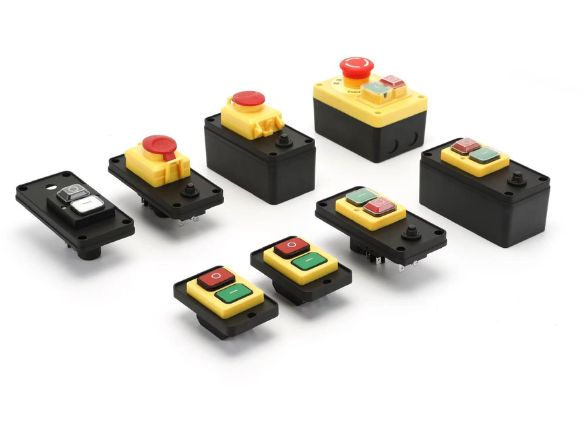
Introduction
Electromagnetic switches, commonly referred to as relays or contactors, play a crucial role in various electrical applications by controlling the flow of electricity in circuits. Ensuring their safety and performance is paramount, and this is where Underwriters Laboratories (UL) standards come into play. UL standards provide a benchmark for product safety, reliability, and efficiency, guiding manufacturers and assuring end-users of product quality. This article delves into the key UL standards relevant to electromagnetic switches and their significance.
Key UL Standards for Electromagnetic Switches
- UL 508 – Standard for Industrial Control Equipment
- Scope: This standard covers industrial control devices, including electromagnetic switches used in industrial applications. It ensures that these devices meet specific safety requirements.
- Key Requirements:
- Construction: Details on materials, design, and assembly to ensure durability and safety.
- Performance: Testing procedures to verify operational capabilities under normal and abnormal conditions.
- Markings: Guidelines for product labeling, including ratings, manufacturer details, and safety warnings.
- UL 60947-4-1 – Low-Voltage Switchgear and Controlgear – Part 4-1: Contactors and Motor-Starters
- Scope: This standard applies to low-voltage contactors and motor starters, which are types of electromagnetic switches.
- Key Requirements:
- Thermal and Dynamic Performance: Ensures switches can handle specified loads without overheating or mechanical failure.
- Endurance Testing: Verifies the operational lifespan of switches through repetitive use cycles.
- Environmental Conditions: Tests to ensure functionality under various environmental conditions such as humidity, temperature, and vibration.
- UL 1449 – Surge Protective Devices
- Scope: While primarily focused on surge protection, this standard also impacts electromagnetic switches integrated with surge protective features.
- Key Requirements:
- Surge Withstand Capability: Testing to ensure the switch can handle voltage spikes without damage.
- Safety Mechanisms: Inclusion of features to prevent fire or shock hazards during surge events.
Significance of UL Standards
- Safety Assurance:
- UL standards ensure that electromagnetic switches are safe to use in various applications. This reduces the risk of electrical fires, short circuits, and other hazards.
- Performance Reliability:
- Adhering to UL standards guarantees that switches will perform as expected under specified conditions. This is crucial for industrial and commercial applications where reliability is paramount.
- Market Access:
- Products that meet UL standards are more likely to be accepted in global markets. Many regions and industries require UL certification as a prerequisite for product use.
- Consumer Confidence:
- UL certification is a mark of quality that assures consumers and businesses that the products they are using are tested and validated for safety and performance.
Testing and Certification Process
- Initial Testing:
- Products are subjected to a series of tests that assess various performance and safety aspects. This includes electrical, mechanical, thermal, and environmental tests.
- Manufacturing Evaluation:
- UL evaluates the manufacturing processes to ensure consistency and quality control. This includes inspection of materials, assembly procedures, and quality management systems.
- Ongoing Compliance:
- Regular audits and random product sampling are conducted to ensure continued compliance with UL standards. This ensures that products remain safe and reliable throughout their lifecycle.
Conclusion
Understanding and adhering to UL standards for electromagnetic switches is essential for manufacturers and users alike. These standards ensure that switches are safe, reliable, and efficient, providing peace of mind and protecting against potential hazards. By following UL guidelines, manufacturers can improve product quality, gain market access, and build consumer trust, while users can be confident in the safety and performance of their electrical systems.


